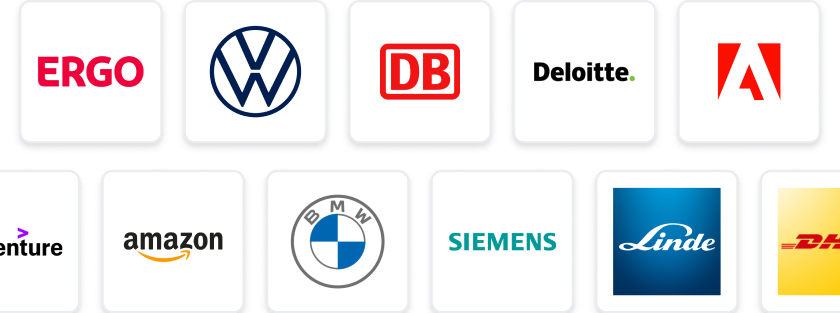At a Glance
- Tasks: Share your creative journey through photography in an interview and photo session.
- Company: The Upside Down Lens champions disabled artists and advocates for accessibility in photography.
- Benefits: Participate in a multimedia exhibition and digital campaign, showcasing your work to a wider audience.
- Why this job: Join a movement to change perceptions of accessibility in art while sharing your unique story.
- Qualifications: Must be a disabled photographer aged 16-44, particularly with cerebral palsy or hemiplegia.
- Other info: Accessibility needs can be discussed to ensure a comfortable experience.
Are you a photographer living with cerebral palsy or hemiplegia? Have you found creative ways to adapt and express yourself through photography? We want to hear your story. The Upside Down Lens will explore how disabled artists navigate the photography world and highlight the urgent need for an accessible camera in the industry.
What we’re looking for:
- Disabled photographers (especially those with cerebral palsy or hemiplegia, which affects one side of the body) aged 16-24, 25-34, 35-44.
- Willing to share your creative process through an interview and photo.
- Open to being part of a multimedia exhibition and advocacy campaign.
What’s involved:
- A relaxed interview (in person or virtual).
- A photo session capturing your process.
- Option to be featured in a public exhibition and digital campaign.
Accessibility requirements can be discussed and arranged appropriately; more details will be sent to you once you apply. Interested? Reach out at or DM on Instagram @hemiaware. Let’s change the lens on accessibility in art!
Call for Participants: Disabled Photographers employer: Disability Arts
Contact Detail:
Disability Arts Recruiting Team
StudySmarter Expert Advice 🤫
We think this is how you could land Call for Participants: Disabled Photographers
✨Tip Number 1
Make sure to showcase your unique perspective as a disabled photographer. Share your personal journey and how you've adapted your photography techniques to express yourself creatively. This will help you stand out during the interview process.
✨Tip Number 2
Prepare a portfolio that highlights your best work, especially pieces that demonstrate your creative process and any adaptations you've made. This will give the interviewers a clear insight into your artistic vision and skills.
✨Tip Number 3
Familiarise yourself with the themes of accessibility in art and photography. Being knowledgeable about these topics will allow you to engage in meaningful discussions during your interview and show your passion for the cause.
✨Tip Number 4
Reach out to other disabled photographers or artists for advice and support. Networking can provide you with valuable insights and may even lead to collaborative opportunities that enhance your application.
We think you need these skills to ace Call for Participants: Disabled Photographers
Some tips for your application 🫡
Understand the Opportunity: Read the job description carefully to grasp what The Upside Down Lens is looking for. Make sure you understand the focus on disabled photographers and the specific conditions mentioned, such as cerebral palsy or hemiplegia.
Craft Your Story: Think about your personal journey as a photographer living with a disability. Reflect on how you've adapted your techniques and what photography means to you. This narrative will be crucial in your application.
Prepare Your Portfolio: Select a few of your best photographs that showcase your creative process and unique perspective. Ensure these images represent your style and adaptability as a disabled photographer.
Reach Out: If you have any questions or need clarification about the application process, don’t hesitate to contact them via the provided email or DM on Instagram. Engaging early can show your enthusiasm and commitment.
How to prepare for a job interview at Disability Arts
✨Share Your Story
Be prepared to discuss your personal journey as a photographer living with cerebral palsy or hemiplegia. Highlight the creative adaptations you've made and how they influence your work.
✨Showcase Your Work
Bring along examples of your photography that best represent your style and process. This will help illustrate your unique perspective and artistic voice during the interview.
✨Discuss Accessibility Needs
Be open about any accessibility requirements you may have for the interview or photo session. This shows your willingness to communicate and collaborate on creating an inclusive environment.
✨Engage with the Interviewer
Treat the interview as a conversation rather than a formal Q&A. Ask questions about the project and express your enthusiasm for being part of the multimedia exhibition and advocacy campaign.
